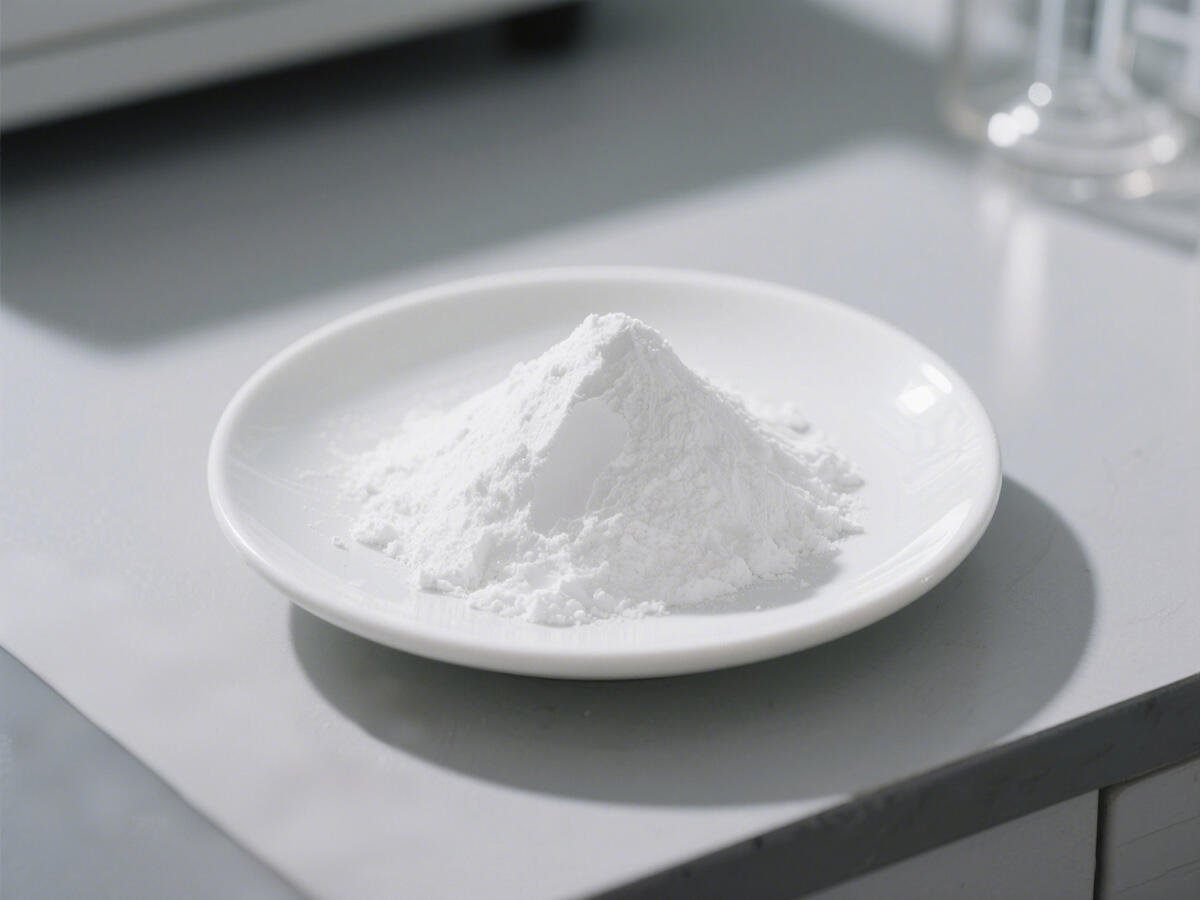Trisodium phosphate (TSP) is more than just a chemical name—it’s quickly becoming a star player in food processing. In this post, we’ll break down how this compound boosts food safety, improves quality, and stretches shelf life, which is why food makers keep it close at hand.
What Is Trisodium Phosphate?
TSP is the sodium salt formed from phosphoric acid. You’ll find it in many settings, but the food industry loves its wide range of roles. Whether acting as a smooth emulsifier, a steady pH buffer, or an effective cleaning agent, it earns its keep. For manufacturers, using TSP means making food that’s pleasant to eat and stable enough to stack on the shelf.
Food Safety You Can Trust
The safety of the food on our plates is job #1, and TSP delivers. In processing plants, it helps keep harmful germs in check. That’s a big deal in meat and poultry, where germs comfortably set up shop. TSP lowers the pH just enough to give pathogens, and their nasty side effects, the boot. Longer shelf life happens, too, which keeps our fridges less crowded and still delivers meals that are safe and tasty.
Improving Food Quality with TSP
Beyond safety, TSP boosts the overall quality of food. It locks in moisture, which means meat stays juicier and cheese tastes richer. TSP also stabilizes emulsions, a must-have for sauces and dressings so they won’t separate. By fine-tuning the texture and mouthfeel, TSP helps make every bite more enjoyable.
TSP in Everyday Food Products
You’ll find trisodium phosphate in many familiar food products. In dairy, it acts as a pH buffer in cheese, keeping curds firm. For meat, TSP enhances water-holding so steaks stay tender and lunchmeat remains moist. In the bakery aisle, TSP strengthens dough, improving loaf rise and crumb texture. Its adaptability means TSP is a trusted tool in cheese factories, meat plants, and bakeries alike.
Industry Trends and Future Outlook
From meat packing to bakery lines, processors are upgrading to ever stricter safety and quality measures, and trisodium phosphate continues to sharpen its competitive edge. The recipe is simple: shoppers want long-lasting, safe groceries, and TSP fits the bill. Future lines will incorporate TSP more widely, increasing it not only to stretch distance in miles or time but to increase microbe red zones, or spaces where bacteria can barely thrive for shelf stability. At the same time, tightening global regulations are morphing into invisible checklists. Affordable sanitization evidence swings the door wide for processors, shifting the spotlight toward TSP in cleanliness audits, quality certifications, and packing plant reports. Within plant ceilings or aspirational warehouse skylines, the phosphate carry-it-advertising, you carry it practical sales document.
As the market and societies raise the bar, growers, brand owners, and watchdogs agree: TSP isn’t simply an ingredient, it’s an industry enforcer. Expect formulations to center TSP guidance, assessing bake, freeze, or dry yields, trending industry benchmarks, or food safety category graphs. Sure, shelf-stabilizers and buffer packages grow, but the job usually ornaments the phosphate heart. TSP alters texture, hammers pH, and the long-term columns hint phosphate absorption leads to superior meat, produce, and dry-product performance miles past the competition. Manufacturer operations now treat trisodium phosphate not only as cost meter but as managed sustainability index step, allowing the phosphate to digest the needs into cleaner packaging claims.


